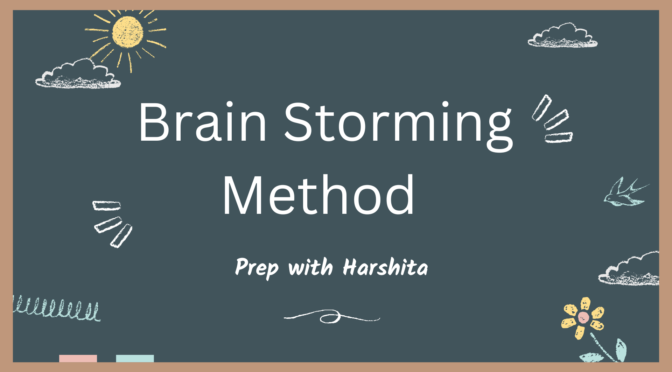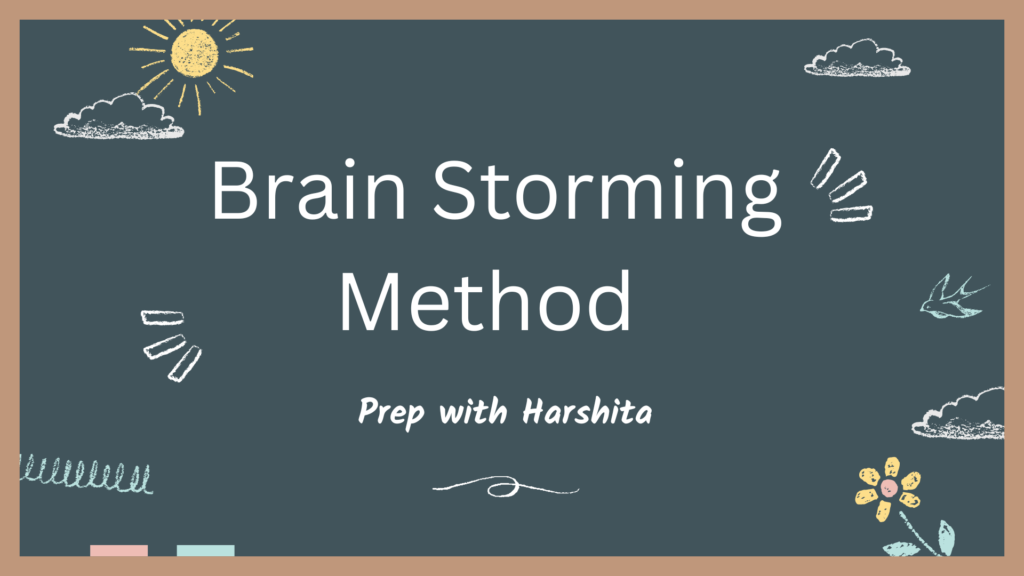A multilingual approach to language teaching understands the value of using multiple languages in the classroom to support language learning and promote linguistic and cultural diversity. This approach can be particularly beneficial for students who are learning a second or foreign language, as it allows them to draw on their existing linguistic and cultural knowledge which can help them in the acquisition of a new language.
A multilingual approach to language learning is an approach that recognizes the value of using multiple languages in the language-learning process. This approach recognizes the diversity of linguistic and cultural backgrounds of learners and aims to use this diversity as a resource to support language acquisition and understanding.
Also Read: Constructive Approach to Language Teaching
Features of Multilingual Approach to Language Teaching:
- Embrace linguistic and cultural diversity: A multilingual approach recognizes that students come from a variety of linguistic and cultural backgrounds and that this diversity can enrich the language learning experience. Teachers should embrace this diversity and create a classroom environment that values and celebrates different languages and cultures.
- Use students’ native languages as a resource: Teachers can use students’ native languages as a resource to support language learning. For example, they can encourage students to make connections between their native language and the target language, or they can use translation exercises to help students understand new vocabulary or grammar concepts.
- Integrate multiple languages into the curriculum: A multilingual approach involves integrating multiple languages into the curriculum in meaningful ways. For example, teachers can use authentic materials in different languages, such as literature or media, to expose students to a variety of languages and cultures.
- Provide language-rich environments: Teachers should create language-rich environments that promote active language use and engagement. This can involve using a variety of instructional strategies, such as group work, pair work, and interactive activities, to encourage students to use multiple languages in meaningful ways.
- Promote intercultural competence: A multilingual approach should also aim to promote intercultural competence, or the ability to communicate effectively and appropriately with people from different cultures. Teachers can use a variety of activities and materials, such as cultural exchanges, to promote intercultural understanding and respect.









